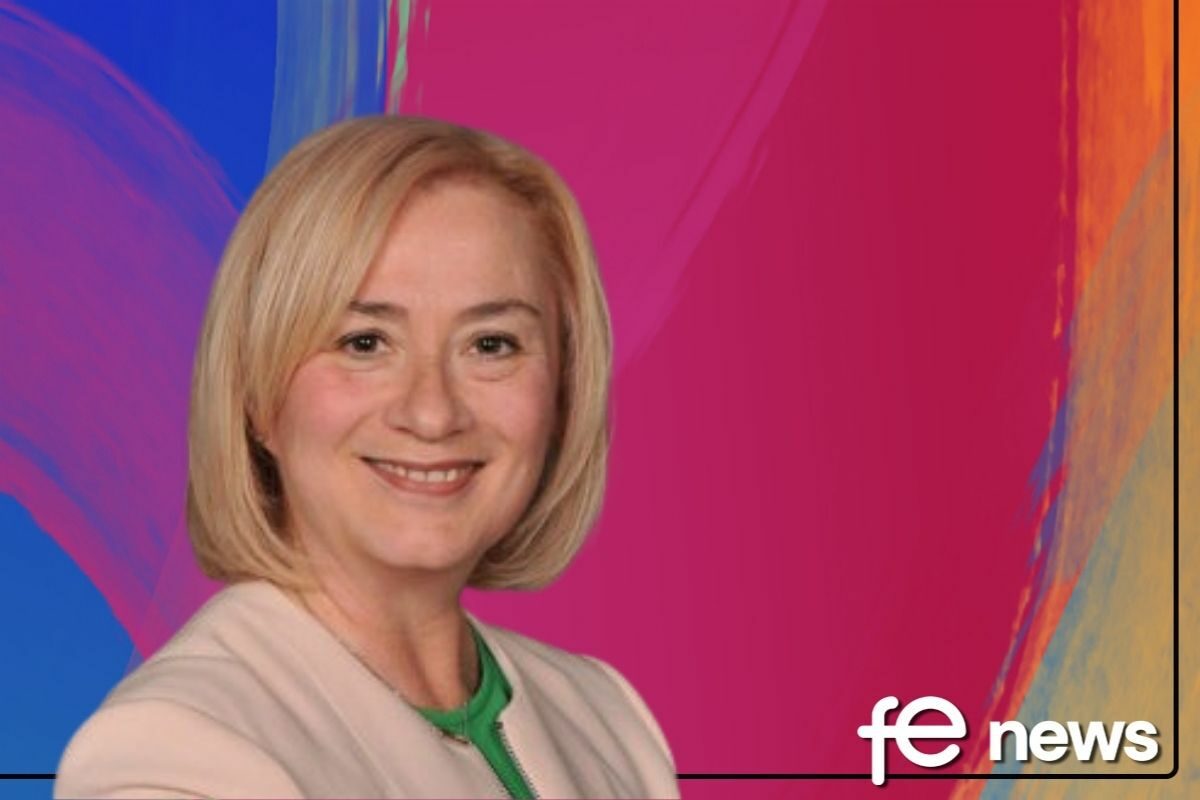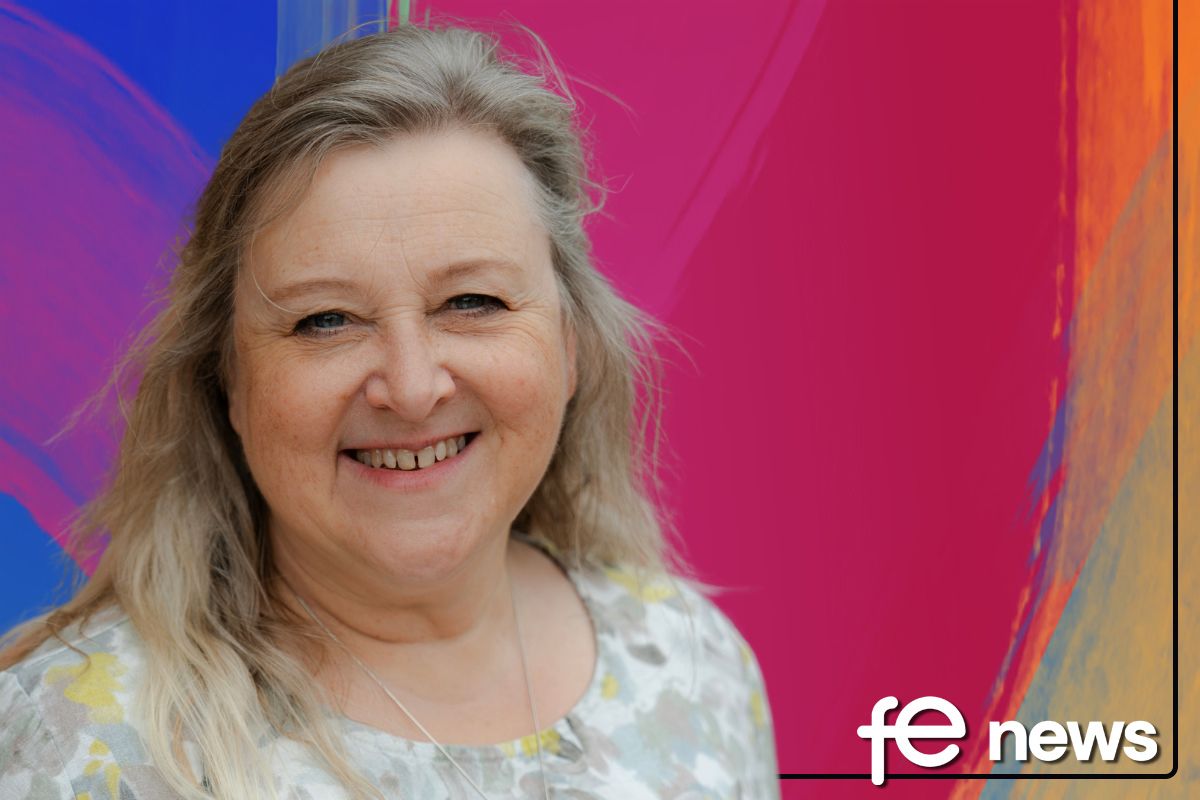What is the future of international study?

Education – that is to say the educational products and services that students pay for – is highly brand sensitive. It’s a feature that most people understand reflexively. A degree from Harvard costs more because, we assume, the education quality is among the best. But it also costs more and we’re willing to pay more because it’s Harvard. The brand has value. The name on the top of the degree has its own currency beyond the skills or knowledge acquired.
That educational brand value stretches beyond the institution. For most of the world, educational brand is geographic too. In fact, for most people, the country of origin may be more valuable than the institution itself. A degree from a second or third-tier school in Britain or the United States or Australia may, for many people, be of higher brand value than the exact same degree from the very best university in a given student’s home nation.
Most people know this intuitively as well.
That geographic value of a degree, the reputational value of a country’s entire higher education heft, is what drives international study programs. It’s largely what triggers millions of students to relocate to study every year. Sure, it’s cultural enhancement too. And the adventure and cache of overseas learning. But those are the add-ons. For many foreign students, the appeal is education brand value of getting their degree from a Canadian or American or institution in a high value locale.
Concourse is a company that has upended the process of applying to and being accepted by colleges, especially for foreign students seeking education opportunities in the United States. In Concourse, colleges apply to students, offering them admission and, very often, financial aid packages.
Joe Morrison, the CEO at Concourse, put the value proposition this way – “For foreign students, study in the US represents a gateway to opportunity. There are brilliant students all around the world who excel in high school, have big ambitions, and want to have impactful lives and careers. But many of them live in countries with limited higher education opportunities,” he said.
“The attraction of study in the US is the quality, diversity and scale of its higher education ecosystem, which includes thousands of institutions, catering to students of all interests, academic abilities, and budgets, including the opportunity to gain work experience,” Morrison said.
Morrison is right. And as his company’s success has proven, technology can make matching schools with students easier and better.
But that technology may also open other education opportunities in American institutions and its high brand value cousins – opportunities to access the brands, schools, and even the professors themselves without having to actually leave home.
“The future of education is borderless,” said Gunjan Aggarwal, the founder of Learn with Leaders, which is based in India. Her company innovatively takes existing content from prestigious universities in the West and packages it in remote learning settings while adding heavy does of hands-on mentorship and networking with the leaders of the institutions themselves.
The courses and programs are targeted largely at late middle and high school learners – those who may want to get a sample of prestigious teaching and learning styles or want a solid resume boost. Or often, Aggarwal says, their students are already interested in studying abroad and they’re looking to get a head start and make connections.
“Our value is not just what students learn, it’s being able to experience and engage with these distinguished schools and also develop genuine networking skills and valuable relationships with teachers and school leaders,” Aggarwal said.
There are two ways to consider borderless education – the technology and remote way Learn with Leaders does it and the delivering of American or Western education by the schools themselves. The latter shows up in the increasing number of schools establishing branch schools overseas or partnering with existing schools in new nations.
In one example of that trend, the tiny nation of Qatar has attracted eight foreign universities to a purpose-built Education City. Those schools include brand names such as University College London, Cornell University, Georgetown, Northwestern and Carnegie Mellon. Rare is the brand name school in the U.K. or in Australia or the US that doesn’t have at least one international outpost.
The problem is that physically brining American or British schools to new places is expensive and takes a long time. Moreover, even at their peak, new remote campuses can only serve hundreds, maybe a few thousand students at once. The border is gone; but the access and opportunities are still pretty limited.
Whether they do it with new campus and program investments or through new recruitment and matching techniques, there’s no doubt that the high brand schools want foreign students. Not only do foreign students diversify classes and add richness to their learning environments, they can be a significant financial boost.
In the United States alone, as of 2018, foreign students contributed a hefty $39 billion to the national economy and supported an estimated 450,000 jobs. It’s a pipeline – both financial and reputational – that most schools want to keep fully open.
With those kinds of benefits, the schools aren’t going to dampen their enthusiasm for sizeable footprints and recruitment programs internationally. At the same time, the demand for foreign educational brands will also likely grow. The process will soon be more sophisticated and easier for all involved – students, schools and those who connect the two.
Getting connected to a Harvard or a Columbia or Oxford is going to be easier. Studying in the U.K. or in the United States is going to become easier too.
In fact, the process of that future is already sorting itself out. Companies like Learn with Leaders will introduce young students to the prestige and quality of foreign schools, funneling them into the arms of eager match-makers and individual schools, themselves eager to have them. It’s a process and paradigm with plenty of upside for all involved.











Responses